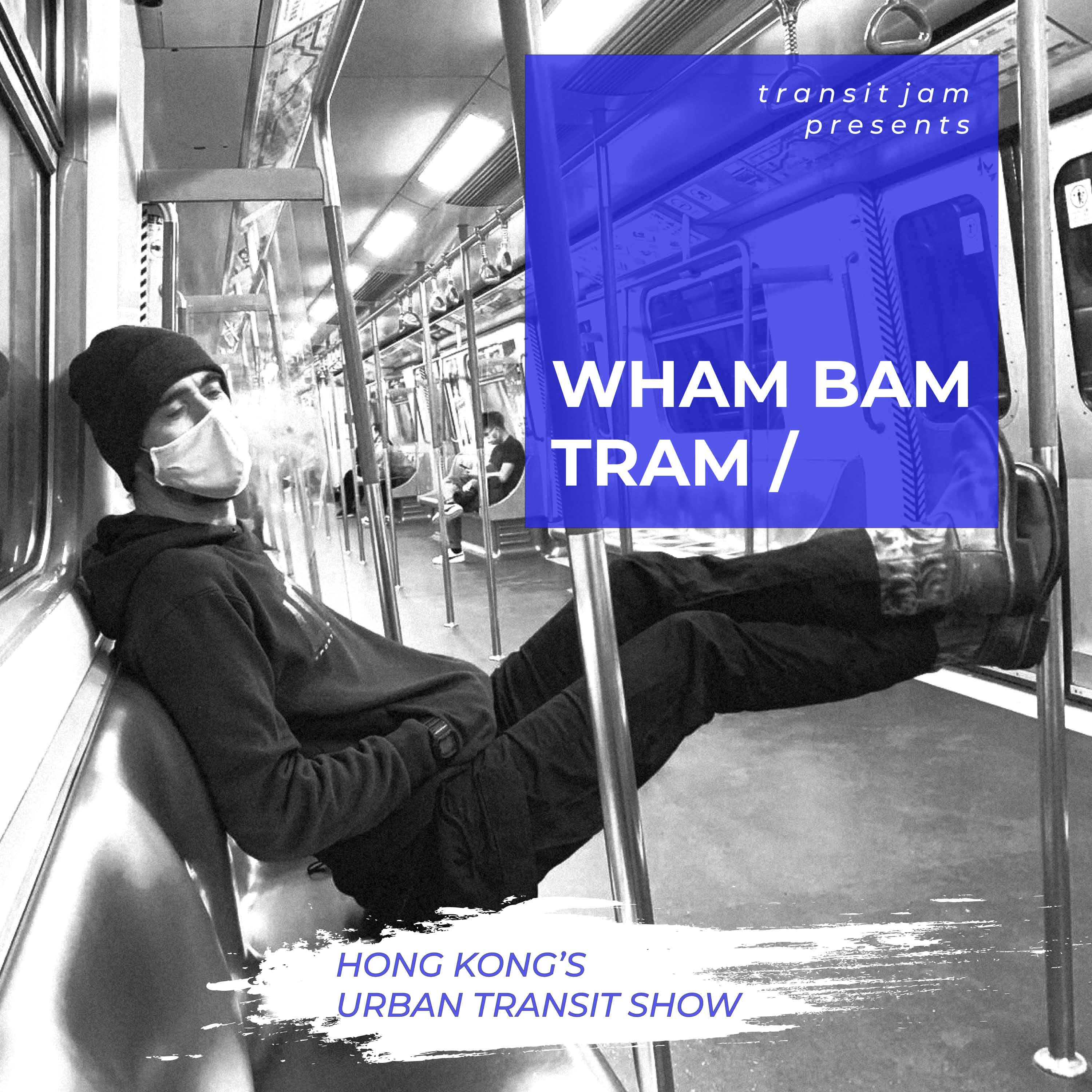 The new Wisdom bus on Hong Kong soil for the first time last October
The new Wisdom bus on Hong Kong soil for the first time last OctoberHong Kong’s first electric double-decker bus will be launched this afternoon, according to a source at bus operator Bravo.
A small ceremony will take place at 4pm on the rooftop of Bravo’s Chong Fu Road depot in Chai Wan, with government officials reportedly attending but no other guests allowed.
 The bus has a smaller capacity than traditional Hong Kong double-deckers due to its large batteries
The bus has a smaller capacity than traditional Hong Kong double-deckers due to its large batteriesThe 80-seat vehicle had been stuck in bus quarantine in Shenzhen for several months before earning “pre-type approval” from Hong Kong authorities in October 2021.
Once cleared to enter the city, the vehicle was subject to around six months of approvals and tests by Environmental Protection Department and Transport Department, finally clearing the process in the last few weeks.
The bus is a joint venture between Bravo and mainland firm Wisdom (Fujian). Sources say the joint venture team from Wisdom will not be at the launch ceremony, as they are having difficulty entering Hong Kong from the mainland.
The Bravo source says the company can’t yet share details of which route or service the bus will operate.
Paul Bromley, managing director of Phoenix Consulting, says the high-capacity battery design approach has “compromised the passenger carrying capacity” with, he says, around 11 fewer seats and 11 fewer standing passengers.
The double-decker packs a 450kWh battery, a 125kW motor and can fully charge in around three hours with a 150kW charger.
While this is the city’s first electric double-decker, Hong Kong is more experienced with single-deck electric buses – earlier this week, KMB launched its third-generation electric single-decker, with 16 BYD buses now plying the 10km Star Ferry–Lai Chi Kok route.
 KMB introduced 16 new single-decker electric buses to a Kowloon route earlier this week
KMB introduced 16 new single-decker electric buses to a Kowloon route earlier this weekThose new buses are 4% lighter than their predecessors with 16% more capacity. The distinctive green buses can also charge more than twice as quickly: a full charge takes an hour and 40 minutes, against 3 hours 40 minutes previously, with 200km range from a full charge. That equates to around 10 round-trips, theoretically, on the 22-stop Lai Chi Kok route.
Speaking on Radio 3’s Backchat show on the single-decker launch, Alok Jain, CEO of Transconsult, said KMB’s single-deck purchase was a milestone for Hong Kong.
“This is the first time a bus operator in Hong Kong has, on their own, commercially decided to induct electric buses into the fleet and I think that’s a very significant point. Prior to that all electric buses were subsidised by the government and I think this transition really makes it viable in Hong Kong conditions,” he told the show.
Jain also pointed out objections about infrastructure were now proven invalid. “We can build these isolation facilities… we can build chargers as well,” he said, talking of the rapid mass construction of nine Community Isolation Facilities in the city last month.
Speaking on the same show, Phoenix Consulting’s Paul Bromley said subsidies were not the correct approach. “It’s more about facilitation from government, about infrastructure and planning regulations.”
But Bromley says other technologies should be explored.
“At the moment the thinking is very much on old-fashioned straight lines: I have a battery, I have to connect a red and a black wire and leave it overnight,” he said.
“[If you have] a whole fleet of those vehicles, where you are charging overnight, it’s going to take a lot of grid demand, a lot of electricity. To charge 200 vehicles at 150kW you’re talking about 30MW of power, which is substation level.”
EV experts at the Hong Kong Productivity Council recently proposed hydrogen as a more pertinent bus fuel, claiming Towngas could be stripped into hydrogen and methane to power a bus fleet without lengthy charging times.
Bravo is also said to be exploring hydrogen buses and the Hong Kong government has pledged to trial the technology by 2024 or 2025.
Categories: On the Roads, Transit





